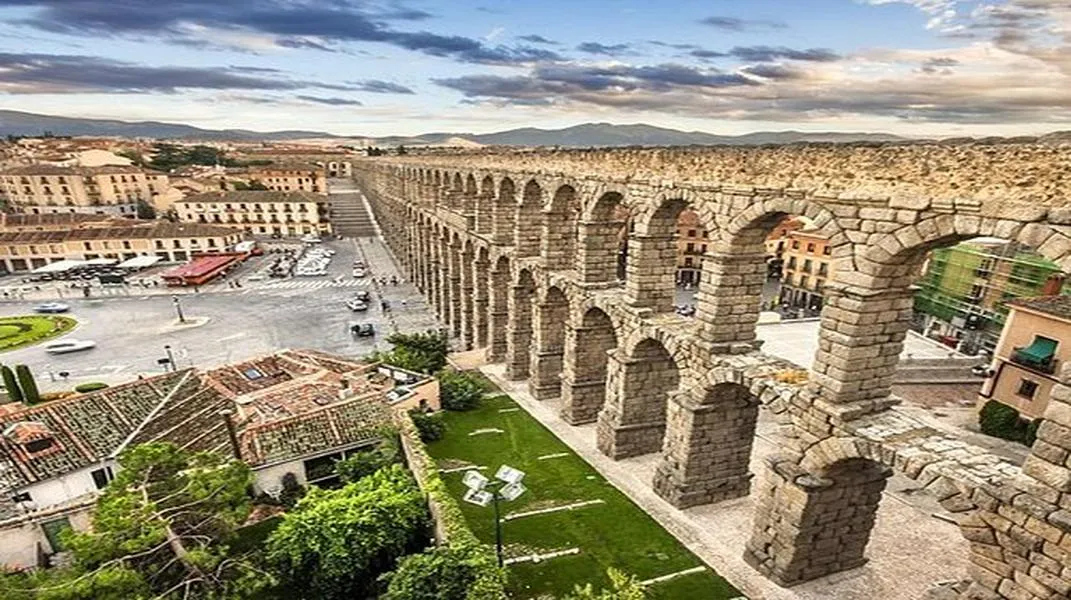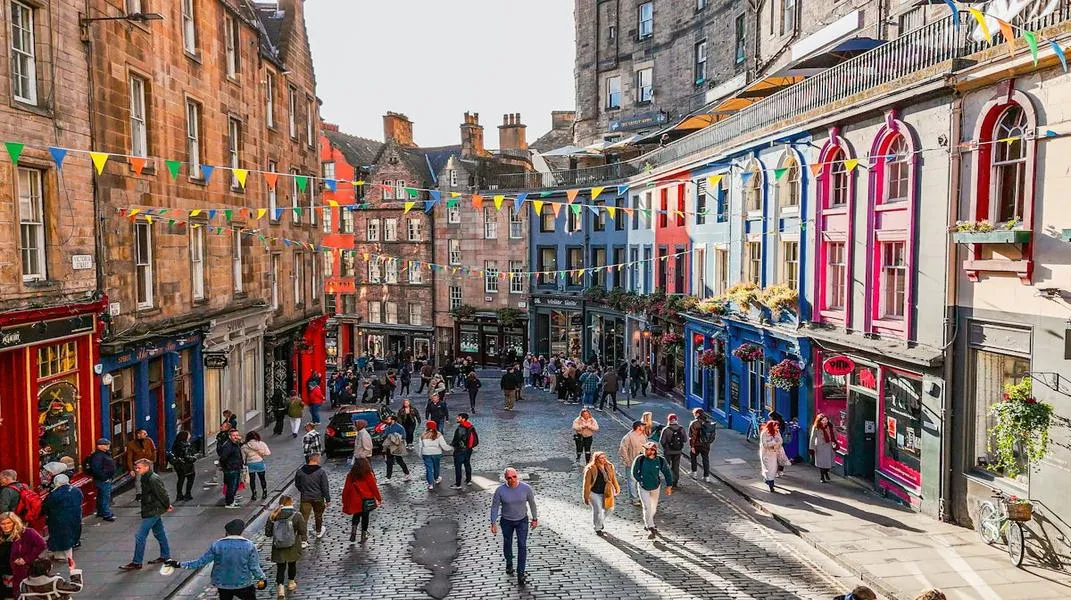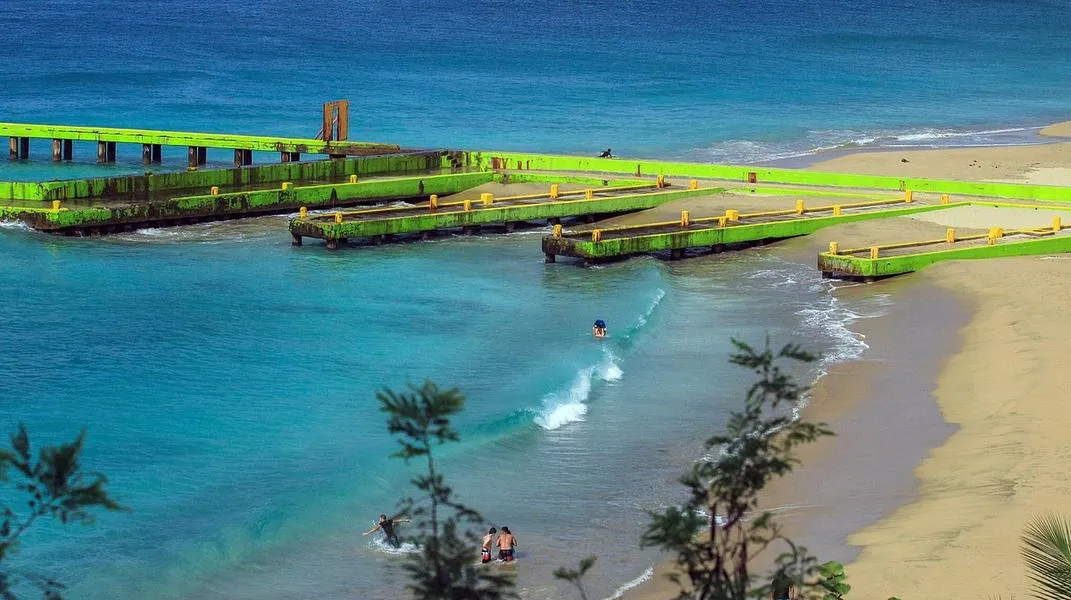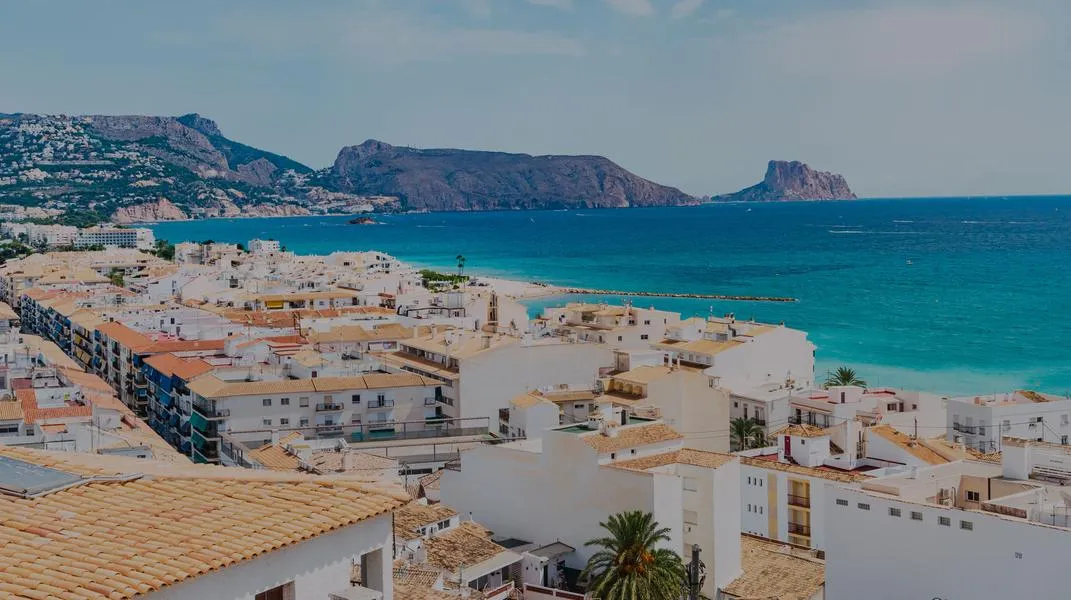Discovering Segovia: A Timeless Jewel of Spain
Nestled in the heart of Spain, Segovia is a captivating city that seamlessly blends history, culture, and breathtaking architecture. Known for its well-preserved medieval structures, Segovia is a UNESCO World Heritage site that offers an array of attractions for tourists. From its iconic aqueduct to the magnificent Alcázar and the charming old town, Segovia is a destination that invites exploration and admiration. In this article, we will delve into the rich history and attractions of Segovia and provide essential tips for preparing for your visit.

A Brief History of Segovia
Segovia's history stretches back over two millennia. Founded by the Celts, it became a significant Roman settlement, evident through the stunning aqueduct that still stands today. The city flourished during the Middle Ages, becoming a center of political and cultural importance in Spain. Its strategic location made it a focal point for various cultures, including Romans, Visigoths, and Moors, all of which have left their mark on the city's architecture and heritage.
Iconic Attractions
The Roman Aqueduct
Arguably the most famous landmark in Segovia, the Roman Aqueduct, is an engineering marvel that dates back to the 1st century AD. This impressive structure stretches over 800 meters and consists of 166 arches, soaring to a height of 28.5 meters at its highest point. Built without the use of mortar, the aqueduct's stones fit together perfectly, showcasing the architectural prowess of ancient Rome.
Visitors can walk along the aqueduct and marvel at its grandeur while learning about its history through informative plaques. The site is not only a testament to Roman engineering but also serves as a picturesque backdrop for photographs, especially at sunset when the golden light bathes the arches.
Alcázar of Segovia
The Alcázar of Segovia is a stunning castle that resembles a fairy-tale fortress. Its origins can be traced back to the Roman period, although it has undergone numerous renovations over the centuries. The castle is notable for its unique ship-like shape and features a blend of architectural styles, including Romanesque, Gothic, and Mudéjar.
Visitors can explore the interior of the Alcázar, which houses a museum showcasing the history of the castle and the region. The highlight of the visit is the climb to the Torre de Juan II, where panoramic views of Segovia and its surrounding landscapes await. The Alcázar is also surrounded by lush gardens and a moat, providing a serene setting for leisurely walks.
Segovia Cathedral
Located in the heart of the old town, the Segovia Cathedral, or the “Lady of the Cathedral,” is a stunning example of Gothic architecture. Built between 1525 and 1577, it is the last Gothic cathedral constructed in Spain. The exterior features intricate spires and a beautiful façade, while the interior boasts impressive stained glass windows and a magnificent altarpiece.
Visitors can take guided tours to learn about the cathedral’s history and its significance to the local community. Climbing the bell tower offers a unique perspective of the city and a chance to appreciate the intricate details of the cathedral's architecture.
The Old Town
The old town of Segovia is a labyrinth of narrow cobblestone streets, charming squares, and quaint shops. Strolling through this area, visitors will encounter various historical buildings, including the Casa de los Picos, a 15th-century house adorned with a façade of granite points, and the Plaza Mayor, the bustling heart of the city.
The old town is also home to numerous cafés and restaurants, where visitors can savor traditional Segovian cuisine, including the famous cochinillo (roast suckling pig) and the delectable ponche segoviano (a local cake). A leisurely walk through the old town is an experience in itself, as each corner reveals a new architectural gem or a hidden plaza.
The Jewish Quarter
Segovia's Jewish Quarter is a fascinating area that reflects the city’s diverse cultural heritage. The narrow streets are lined with historical buildings, synagogues, and the ancient cemetery. The highlight of the Jewish Quarter is the Old Synagogue, which has been converted into a museum showcasing the history of the Jewish community in Segovia.
Visitors can explore the area at their own pace, absorbing the rich history and stories of the Jewish people who once thrived in the city. The Jewish Quarter is also home to several artisan shops and galleries, offering unique souvenirs and local crafts.
Preparing for Your Visit
To make the most of your visit to Segovia, some preparation is essential. Below is a comprehensive guide to help you plan your trip effectively.
Essential Materials and Items
- Guidebook or Map: A good guidebook can provide valuable insights into the history and significance of each attraction. A map will help you navigate the city’s narrow streets and plan your itinerary efficiently.
- Comfortable Footwear: Segovia is best explored on foot, so comfortable walking shoes are a must. The cobblestone streets can be uneven, so sturdy footwear will enhance your experience.
- Water Bottle: Staying hydrated is crucial, especially during the warmer months. Carrying a refillable water bottle will ensure you have access to water throughout your explorations.
- Camera: With its stunning architecture and picturesque views, Segovia is a photographer’s paradise. Don’t forget your camera or smartphone to capture the beauty of the city.
- Local Currency: While many places accept credit cards, it’s advisable to carry some cash for small purchases, particularly in local shops or markets.
- Travel Insurance: Ensure you have travel insurance that covers medical emergencies, trip cancellations, and loss of belongings to safeguard your trip.
- Chargers and Power Banks: With a day full of exploration, your devices may run low on battery. Carry chargers and a portable power bank to stay connected and capture moments throughout your visit.
Suggested Itinerary
Day 1: Arrival and Sightseeing
- Morning: Arrive in Segovia and check into your accommodation. Start your day with a visit to the Roman Aqueduct, taking in its grandeur and snapping photos.
- Lunch: Enjoy a traditional Segovian meal at a local restaurant, sampling cochinillo or judiones de La Granja (local beans).
- Afternoon: Head to the Alcázar and explore the castle’s interior and gardens. Don’t forget to climb the Torre de Juan II for panoramic views.
- Evening: Stroll through the old town, stopping at Plaza Mayor for a coffee or dessert. Take in the evening ambiance and enjoy the local nightlife.
Day 2: Cultural Immersion
- Morning: Visit the Segovia Cathedral and appreciate its architectural beauty. Join a guided tour to learn about its history and art.
- Lunch: Try a local café for tapas or a light lunch.
- Afternoon: Explore the Jewish Quarter, visiting the Old Synagogue and learning about the history of the Jewish community in Segovia.
- Evening: Indulge in a local dinner, trying ponche segoviano for dessert, before relaxing at a nearby bar.
Day 3: Nature and Relaxation
- Morning: Take a short hike to the nearby La Granja de San Ildefonso, a beautiful royal palace surrounded by gardens.
- Lunch: Pack a picnic or dine in the village.
- Afternoon: Return to Segovia and visit the Casa de los Picos and local artisan shops.
- Evening: Enjoy your last evening in Segovia by savoring a farewell dinner at a restaurant with a view of the Aqueduct illuminated at night.
Conclusion
Segovia is a city that enchants visitors with its rich history, stunning architecture, and vibrant culture. Whether you are wandering through the ancient streets, marveling at the Roman Aqueduct, or savoring local delicacies, Segovia offers an unforgettable experience. By preparing adequately, you can immerse yourself in the beauty and charm of this timeless jewel of Spain, creating memories that will last a lifetime. So pack your bags, grab your camera, and get ready to discover the magic of Segovia!




